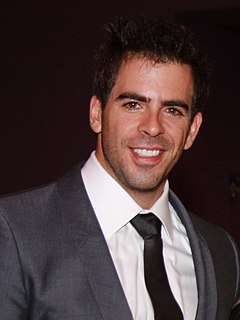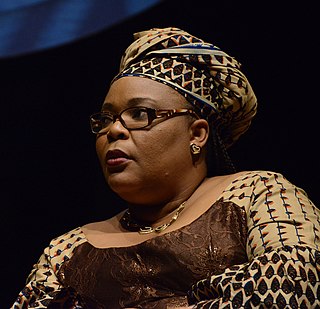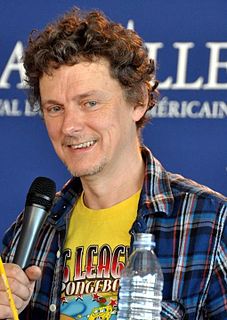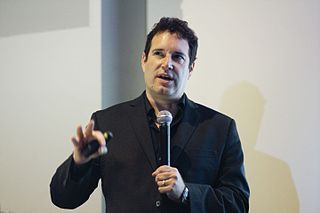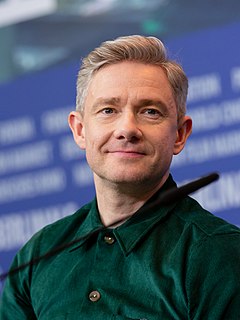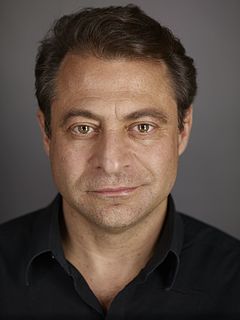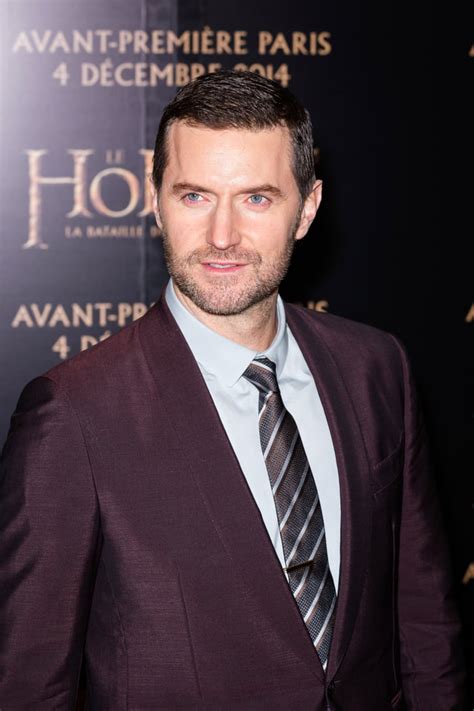A Quote by Bre Pettis
We have always moved with this approach of sharing and educating people with what they can unlock with 3D printing.
Related Quotes
I really believe, especially with 3D, you kind of have to approach it as this holistic thing. You have to kind of mount a 3D movie; you can't just add 3D as a kind of a special sauce sprinkled on top of a dish afterwards to give you an extra 20-percent in theater grosses, which I think is the way a lot of studios perceive it.
3D needs a trained eye. It can't be done by everybody. People who just do 3D just for the sake of commercializing their movie another five or six percent and they don't know really how to do it, they should care how to do it better by bringing other directors and collaborators into their lives to help teach and instruct how you really make a 3D movie because it's not just like putting a new lens on a camera and forgetting it. It takes a lot of very careful consideration. It will change your approach to where you put the cameras. So, 3D isn't for everybody.

